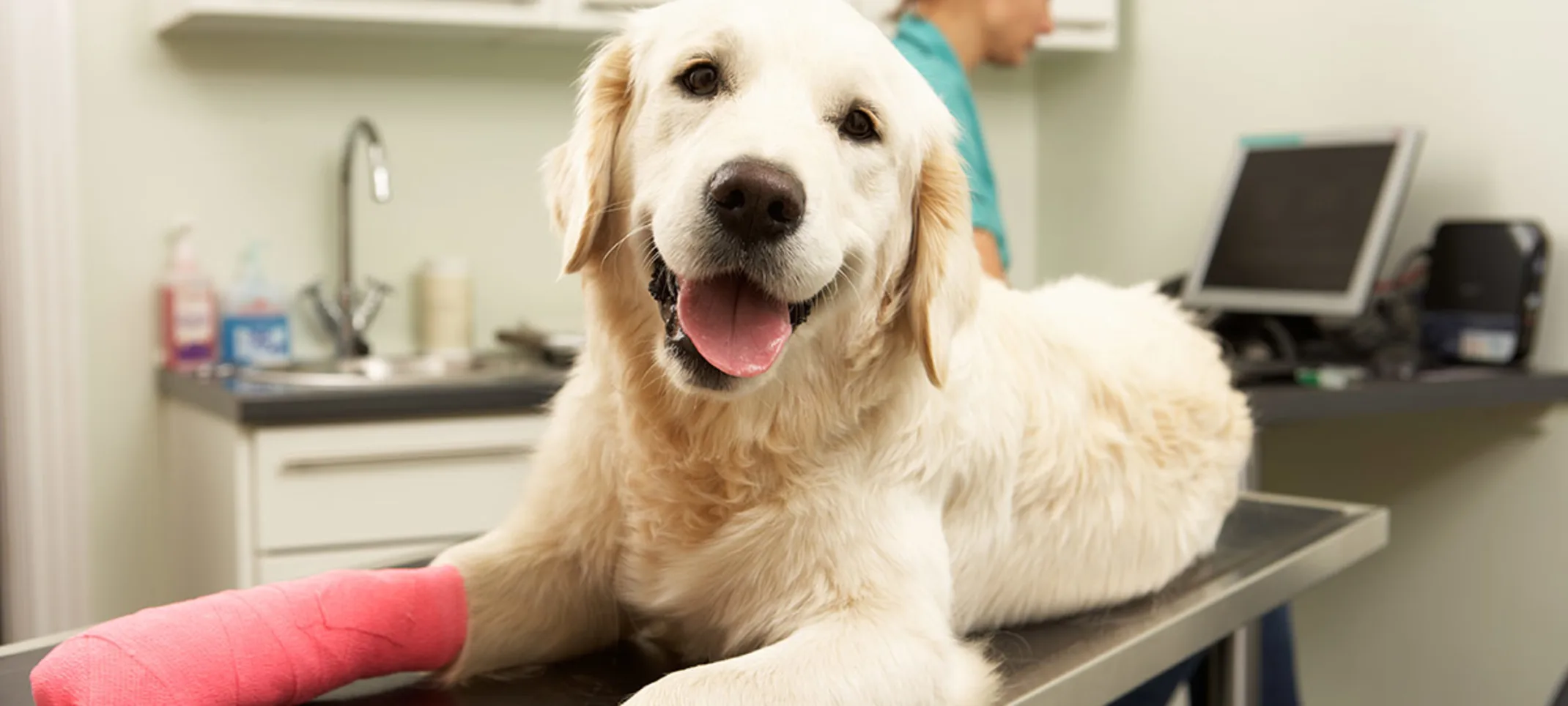Animal Hospital of Signal Mountain
Orthopedic Surgery
Orthopedic surgery can help pets who suffer from joint problems, torn ligaments, broken bones, and even help correct congenital problems.

Overview
Orthopedic surgery treats bones, joints, ligaments, and muscles—areas in which your pet may feel pain from a variety of conditions. If veterinary orthopedic surgery is recommended for your pet, we will do everything possible to keep them safe and comfortable before, during, and after the surgery.
Why would my pet need orthopedic surgery?
Orthopedic surgery can help animals who suffer from joint problems, torn ligaments, broken bones, and can even help correct congenital problems. Most orthopedic surgery is focused around the cranial cruciate ligament (CCL), sometimes referred to as the Anterior Cruciate Ligament (ACL).
When should I seek orthopedic care for my pet?
Pay attention to the way your pet is moving around, any unusual changes may mean they have an orthopedic condition.
Typical symptoms of an orthopedic disorder include difficulty getting up, favoring a leg intermittently when walking, limping - swelling in the leg, stiffness or decreased activity level. If you notice any of these problems, you should take your pet to our facility for an examination.
How are typical orthopedic injuries treated?
Lateral Suture Repair
Lateral suture repair is a surgery designed to stabilize the knee of a dog. This procedure is designed to fix a damaged or torn cranial cruciate ligament, also called the ACL. Lateral suture repair restores prober limb function to your pet.
Medial Patellar Luxation Repair
Patellar luxation is a dislocated knee cap and most commonly seen in small breed dogs. Most patellar luxation occurs when the patellar displaces from its normal position to the inside of the knee. Pets with this condition may have an intermittent non-weight bearing lameness and you may even hear a popping noise in their knee. There are many ways to treat this from a simple knee brace for a Grade 1 luxation, to realignment surgery for lower grade luxations. Bring your pet in so we can determine the best way to treat the luxation.
Femoral Head Ostectomy (FHO)
A femoral head ostectomy is a procedure designed to relieve hip pain and improve hip mobility in dogs and cats by removing parts of the femur. This joint is anatomically different than normal joints but can provide patients with arthritis, hip dislocation, fractures, or other hip conditions regain significant amounts of mobility relatively quickly. This procedure is most often performed cats and dogs under 50 pounds. If you have any questions about if your pet is a good candidate for an FHO please contact our veterinarians.
Forelimb and Hindlimb Amputation
In cases of severe injury, disease, or damage to a limb our veterinarians may recommend amputation. If legs are useless and/or painful for a pet to use their life may be improved by amputation surgery. Front leg amputations are often "scapulothoracic disarticulation" procedures in which the entire leg of the animal is removed from toe to shoulder. Hind leg amputation is either performed as a "high femur" amputation or a "hip joint" amputation, depending on what is appropriate for your pet and their condition. Amputation can significantly improve a pet's life and with modern animal prosthetics, many pets live long, happy, and movement-filled lives after amputation surgery.
Our veterinarians adhere to the highest level of care standards for all surgical procedures. Our highly skilled doctors place the utmost emphasis on pain management to ensure your pet is safe and comfortable throughout the treatment process. Using advanced technology, your pet's vital signs are monitored by our veterinary technicians, who will remain with your pet through recovery.
